Are all the Buckthorns considered Invasive
mary_max
10 years ago
Featured Answer
Comments (26)
Sara Malone Zone 9b
10 years agomulchmama
10 years agoRelated Professionals
Bellflower Landscape Architects & Landscape Designers · Biloxi Landscape Contractors · Cockeysville Landscape Contractors · Lees Summit Landscape Contractors · Long Beach Landscape Contractors · Pleasanton Landscape Contractors · St. Louis Landscape Contractors · Orlando Window Contractors · Hialeah Gardens Window Contractors · Fullerton Driveway Installation & Maintenance · Wauconda Driveway Installation & Maintenance · Green Bay Decks, Patios & Outdoor Enclosures · Lebanon Decks, Patios & Outdoor Enclosures · Redmond Decks, Patios & Outdoor Enclosures · Woodland Hills Decks, Patios & Outdoor Enclosuresckerr007
7 years agoCaldwell Home & Garden
7 years agowisconsitom
7 years agogardengal48 (PNW Z8/9)
7 years agowisconsitom
7 years agoSara Malone Zone 9b
7 years agowisconsitom
7 years agogardengal48 (PNW Z8/9)
7 years agowisconsitom
7 years agoSara Malone Zone 9b
7 years agodavidrt28 (zone 7)
7 years agolast modified: 7 years agoCaldwell Home & Garden
7 years agockerr007
7 years agockerr007
7 years agoNHBabs z4b-5a NH
7 years agomaackia
7 years agoCaldwell Home & Garden
7 years agodavidrt28 (zone 7)
7 years agolast modified: 7 years agodavidrt28 (zone 7)
7 years agomaackia
7 years agowisconsitom
7 years agomaackia
7 years agowisconsitom
7 years ago
Related Stories
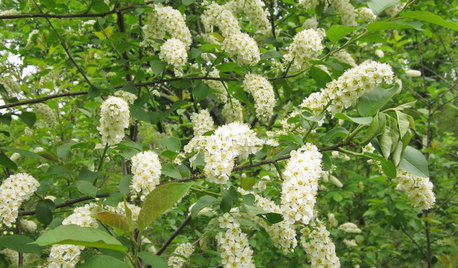
TREESNative Plant Alternatives to Invasive Common Buckthorn
Learn how to identify and control this aggressive plant, and what to grow in its place
Full Story
GARDENING GUIDESDo You Have This Invasive Plant in Your Yard?
Garlic mustard is spreading across the U.S. Here’s how to spot it and what to do
Full Story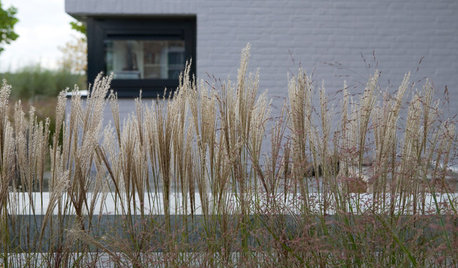
LANDSCAPE DESIGNConsider a Plant as Living Sculpture
If traditional garden art isn’t really your thing, plant living art instead
Full Story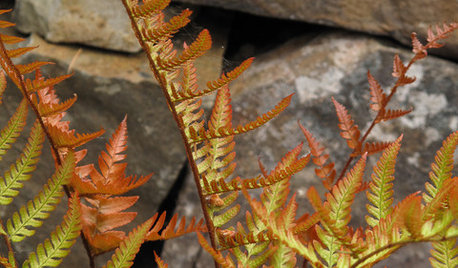
GARDENING GUIDESGreat Design Plant: Autumn Fern Adds Color All Year
Use this evergreen, easy-care fern for soft texture and coppery tints in container gardens and the landscape at large
Full Story
GARDENING GUIDESWhat’s in a Name? See 6 Wildflowers That Aren’t ‘Weeds’ at All
Dispel the stereotypes of weeds and try these wildlife-supporting native wildflowers in your garden
Full Story
GARDENING FOR BUTTERFLIESBring on the Birds: Natural Habitat Ideas for Gardens of All Sizes
Provide nesting, watering and perching spots inspired by the Costa Rican jungle and watch the birds flock on over
Full Story
GREEN BUILDINGWhat's LEED All About, Anyway?
If you're looking for a sustainable, energy-efficient home, look into LEED certification. Learn about the program and its rating system here
Full Story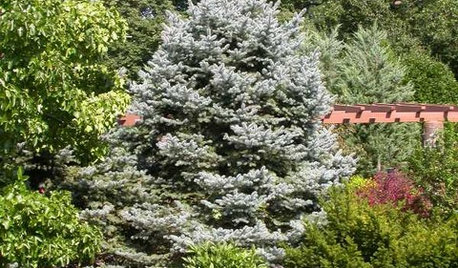
LANDSCAPE DESIGN10 Evergreens for Beautiful Foliage All Year
Give your landscape consistent color and structure with the emeralds, chartreuses and blues of evergreen trees and shrubs
Full Story
GARDENING GUIDES6 Plants That Beat Butterfly Bush for the Wildlife Draw
It's invasive, a nonnative and a poor insect magnet. Check out these better alternatives to butterfly bush in the garden
Full Story
GARDENING GUIDESGreat Design Plant: Bugle Weed, a Quick Ground Cover
It’s highly adaptable, suppresses weeds, reduces erosion and provide weeks of bright flowers. Just watch for invasiveness
Full StoryMore Discussions







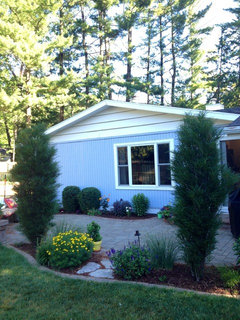


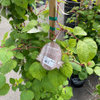
wisconsitom